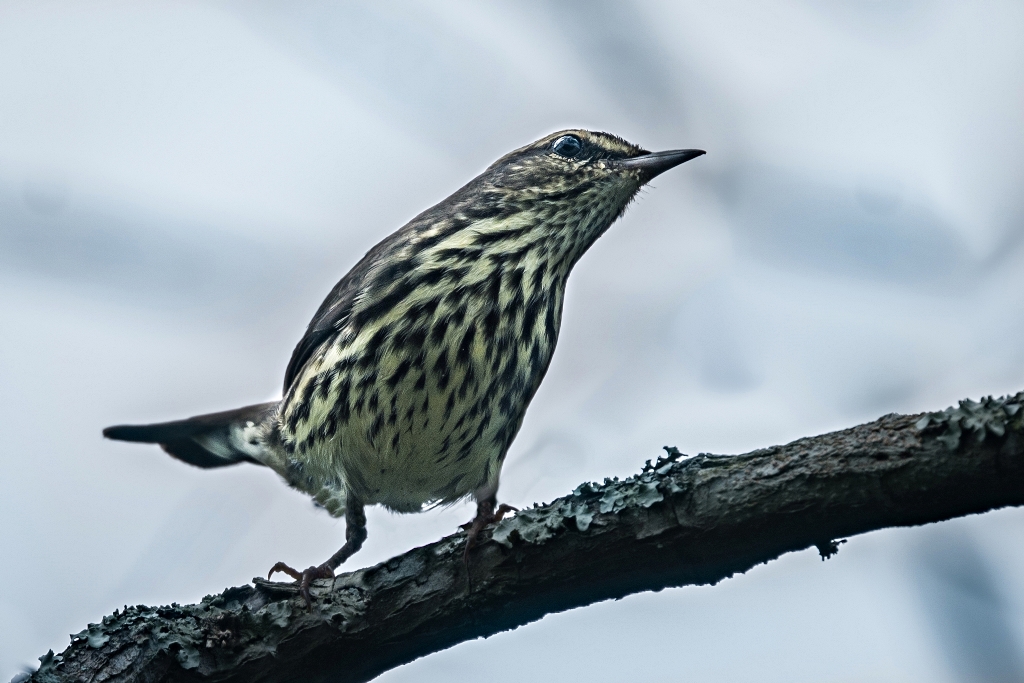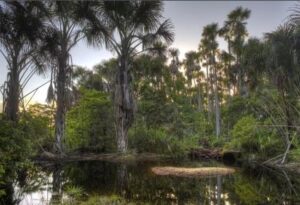Birds
What are Wildfowl/Waterfowl
Once, “fowl” was the term used to describe all birds, and “wildfowl” meant, simply, “wildbirds”. Today the term is used to describe one family of birds – the ducks, geese and swans. The wildfowl are included in one order – Anseriformes – as the family ANATIDAE.
There are 147 distinct species of duck, goose or swan. The animals in this diverse group are found throughout the world and are superbly adapted to life on land, in air and, of course, on and under the water. The sharing of a watery habitat links all wildfowl. The communities of life, including the birds, depend upon the maintenance of these habitats – called, generically, “Wetlands”
Birds and Wetlands
Wetlands are the homes for many types of bird including ibis, pelicans, herons, flamingos, cranes, waders and, of course, wildfowl. They are also important feeding and resting places for these birds on migration (as well as for smaller migrants such as swallows, martins, etc.). Fact: It is estimated that over 7 million shorebirds from Nothern Europe overwinter in the West African wetlands.
Such wetlands can record vast numbers of birds – The Banc d’Arguin of Mauretania can support a density of 4,000 birds per square Kilometer! Wetlands are important nesting sites. The Caroni in Trinidad supports species of Ibis including OUR protected National Bird, the Scarlet Ibis, Herons and many more. 160 species of birds are found in Caroni. In 1953 it was made a Wildlife Sanctuary.
In 1987 it was made a Protected Area under the Forest Act. In 2005 it was declared a Ramsar Site, protected under Government of Trinidad and Tobago International Treaty. The Nariva wetland, home to many endangered species such as Blue and Gold Macaws, Red Bellied Macaws, Waterfowl and the Savannah Hawk. It is a site of many releases of the PAPWFT including Fulvous whistling tree ducks, Wild Muscovy ducks and Black Bellied Whistling Tree Ducks.
Birds and Migration
An Educational feature of the Wildfowl Trust
Text and Photograhs by Rishi Goordial- Trust Member
 The Least Grebe (Tachybaptus dominicus) is an aquatic bird and is the smallest member of the grebe family in the Americas. Its length is between 8.3–10.6 in. Spending most of their time on water, Grebes can be found on freshwater ponds, lakes, and marshes. On one of the dams that perimeter the Trust we are very fortunate to have active, breeding Least Grebes for a couple years now.
The Least Grebe (Tachybaptus dominicus) is an aquatic bird and is the smallest member of the grebe family in the Americas. Its length is between 8.3–10.6 in. Spending most of their time on water, Grebes can be found on freshwater ponds, lakes, and marshes. On one of the dams that perimeter the Trust we are very fortunate to have active, breeding Least Grebes for a couple years now.
Small and plump, with a fairly short, sharp-pointed bill and bright yellow eyes, it typically appears quite dark /sooty all over. The breeding adult is brownish grey above with a darker blackish crown and throat while the immature are paler and greyer with a black striped head and dull eyes.
Grebes have lobed toes, and are excellent swimmers and divers. Although they can run for a short distance, they are prone to falling over, since their legs are set well back on their body.
The Grebe’s diet consists of aquatic life, including small fishes, crustaceans, frogs and aquatic insects. It pursues much of its prey under water. During active feeding, it spends an average of 12 seconds beneath the surface on each dive. They also respond to danger by diving rather than flying.
Each pair builds a compact floating nest of vegetation with a variety of aquatic weeds which is anchored to rooted plants in still open water as deep as 5 ft. The female lays three to six white eggs. Both adults incubate the eggs, which hatch after 21 days. The striped young are sometimes carried on the adult’s back.
This warbler was sited at the Pointe-a-Pierre Wildfowl Trust in February 2017 around the Trust’s Nature Trail.
AN ADULT IS A VERY SMALL SONGBIRD WITH A BROWN BACK,CREAMY UNDERSIDE WITH DARK STRIPES. THE BIRD ALSO HAS WHITISH OR YELLOWISH EYESTRIPE AND CONSTANTLY BOBS ITS TAIL.
Photography by Rishi Goordial, Trust Member
Sclentific name: Parkesia noveboracensis
An intrinsic part of the avian fauna of the Nariva Wetlands includes the endangered Blue & Gold Macaws (Ara araurauna):This species bred at the Trust has been re-introduced into the Nariva Wetlands .The population of Red-Bellied Macaws(Ara manilata) has diminished severely over recent years.
The struggle to save the viability and the ecosystem services of Trinidad & Tobago’s first RAMSAR (1993) site together with the community of small-scale rice-farmers, fishermen and farmers includes the need to conserve the high species diversity there The Forest Act of the Government of T & T declared the Nariva Wetlands as a Protected Area in 1968. Further as a result of persistent lobbying of the P-a-P Wildfowl Trust, the Nariva Wetlands was declared as an Environmentally Sensitive Area in 2006 under the EM Act.
Mainly green. Feathers of throat and breast dull pale bluish, edged green; center of abdomen dull red. Forecrown and cheeks blue. Greater under wing coverts golden olive. Tail green. Bare parts of cheeks lemon yellow. Habitat: Forested rivers, Moriche swamps sometimes seen in flocks of over 100. Feeds on the Moriche Palm fruits. When perched very difficult to see. Call loud but less raucous than that of other parrots. (Source: A Guide to the Birds of enezuela)
Used to be fairly common local resident in Trinidad in Nariva Swamp and the vicinity of Aripo Savannah, especially where the moriche palm abounds. The birds feed primarily in the early morning and evening, and at these times flocks are very conspicuous as they travel from one feeding place to another. They roost communally. (Source: A Guide to the Birds of Trinidad and Tobago, Second edition).
Scientific Name: Ara manilata
Family: Psittacidae (Parrots and Macaws)





